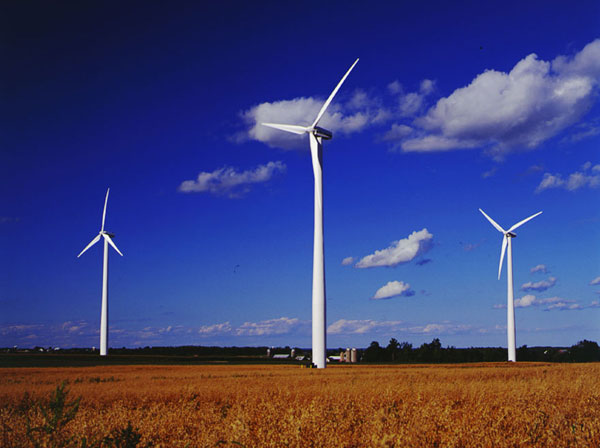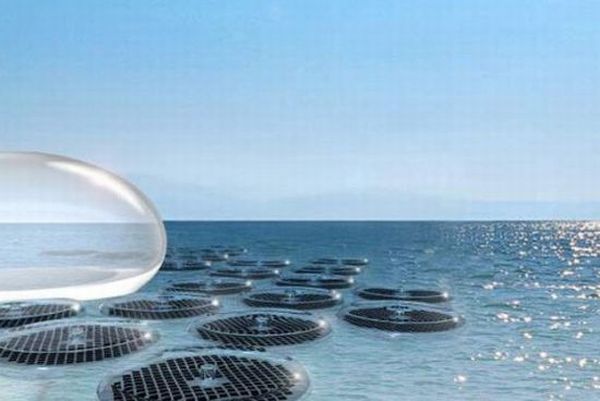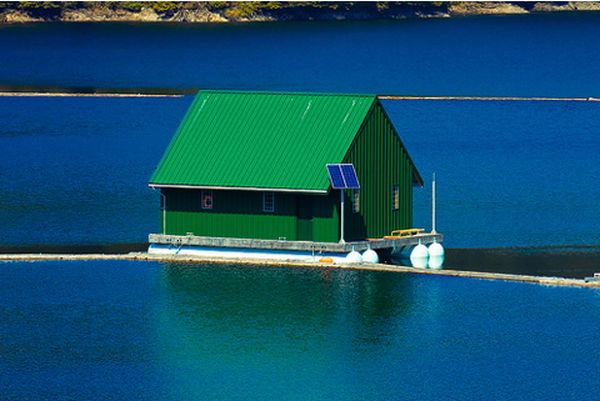
As the population continues to grow on, the requirement for new energy sources is highly demanded by the world. Today, the term âEnergy âis directly related to meaning âability to do workâ and so, it meets straight to the basic requirements, extended life expectancy as well as providing comfort of mankind. Generally, the energy can be derived from two types of resources: renewable resources and non-renewable resources. Renewable resources include air, water, sunlight, wave, tidal and hydro-power whereas non-renewable resources include fossil fuel- coal, natural gas, petroleum and nuclear fuels. Non-renewable energy resources are limited and consumable so, these canât be reutilized. Moreover, fossil fuels are chiefly concerned with high air pollution, releasing harmful greenhouse gases such as NOX, SOX, CO2 and different particulate matters.
Unfortunately, we are dependent upon fossil fuels by more than 80 percent to achieve our basic needs of energy requirements. But before the warning alarm rings, we should have to shift on our dependency from consumable resources to non-consumable resources as they are capable to provide us clean energy continuously for years and years. Here, five resources, empowering the world of 21st Century with clean energy, are described as below:
1. Fuel cell
Within few decades, fuel cells were popularized much as novel system for energy conservation. The quality of higher efficiency and lower emission has made the fuel cells an emerging great energy source for 21st century. In fact, the fuel cell is a type of electrochemical energy converter, which converts the chemical energy into heat, steam and finally electric energy. The electrical energy is produced through the help of a turbine and generator, which run upon the supply of steam generated by boiling water. The sources of heat for boiling water are exothermic reactions conducting out with a large fuel cell. Unlike a battery, fuel cells are needed a continuous supply of chemicals and oxidants.
Hydrogen fuel cells are recently used for the purpose of electricity production using hydrogen and oxygen as fuel and oxidant respectively. These are efficient over traditional fossil fuel in such a way that they produce pure green energy and emission is in form of water. Honda motors, a Japanese based company, have recently launched a scooter based on hydrogen fuel cell technology.
2. Hydro-electricity
Running water in form of rivers and falls contains a lot of kinetic energy, which is can be harnessed to generate electrical energy. Water is collected into water collector by forming large dams over it and subjected to turbine-generator technology, which produces electricity. It is a pure green energy which requires no additional supply of fuel as well as has no emission destructing the environment. Hydroelectricity supports the 20 percent need of energy in the world and supposed to improve day by day with introduction of advanced machinery and techniques.
3. Wind energy
Wind energy is another green energy without any fuel supply or harmful emission. Itâs a faster growing resource in northern-western countries. In America, Columbia and Oregon are wind-rich basins and found suitable for generation of electricity. Thousands of wind mills have been set up to harness the energy of high flowing currents of the wind. Wind mill is a generally constructed with large fans which directly connected to high-output generators. Although the electric energy generated through it, is only 0.1 percent of the total world energy but new investments had been put up to improvement.
4. Solar energy
Sun is a continuous source of thermal energy as well as electromagnetic rays. A photovoltaic cell is a device which can convert solar energy into green electrical energy. Initially, small photovoltaic cells have been used to generate the power to fulfill the requirement of individual homes and small businesses. But, exciting by the success of home based photovoltaic cells, different countries including India, are setting up large power stations based on solar panels of 400-800 megawatt production capacity.
5. Nuclear energy
Nuclear reactions, like nuclear fission and nuclear fusion are the greatest source of energy in form of heat and particulate energy. Everyone is familiar with the destructive energy produced by nuclear bombs dropped in Hiroshima and Nagasaki. This energy is a good option in a positive way to generate electricity for increasing demand of energy. Almost all developed nations and the most of developing nations have set up different nuclear power substations, in which controlled nuclear reactions are performed. The huge amount of heat produced in this way is utilized in boiling water, kept in a large container to generate steam. The steam rotates turbines and the generators attached with to produce electricity.
The energy produced by aforementioned means are pollution free and can be greater option of increasing energy requirements of the world. The stocks of petroleum, coal and natural gases are limited so, energy from the natural resources, like solar energy, wind, sea tides, geothermal, nuclear and chemical energy may be good alternatives for 21st century.




